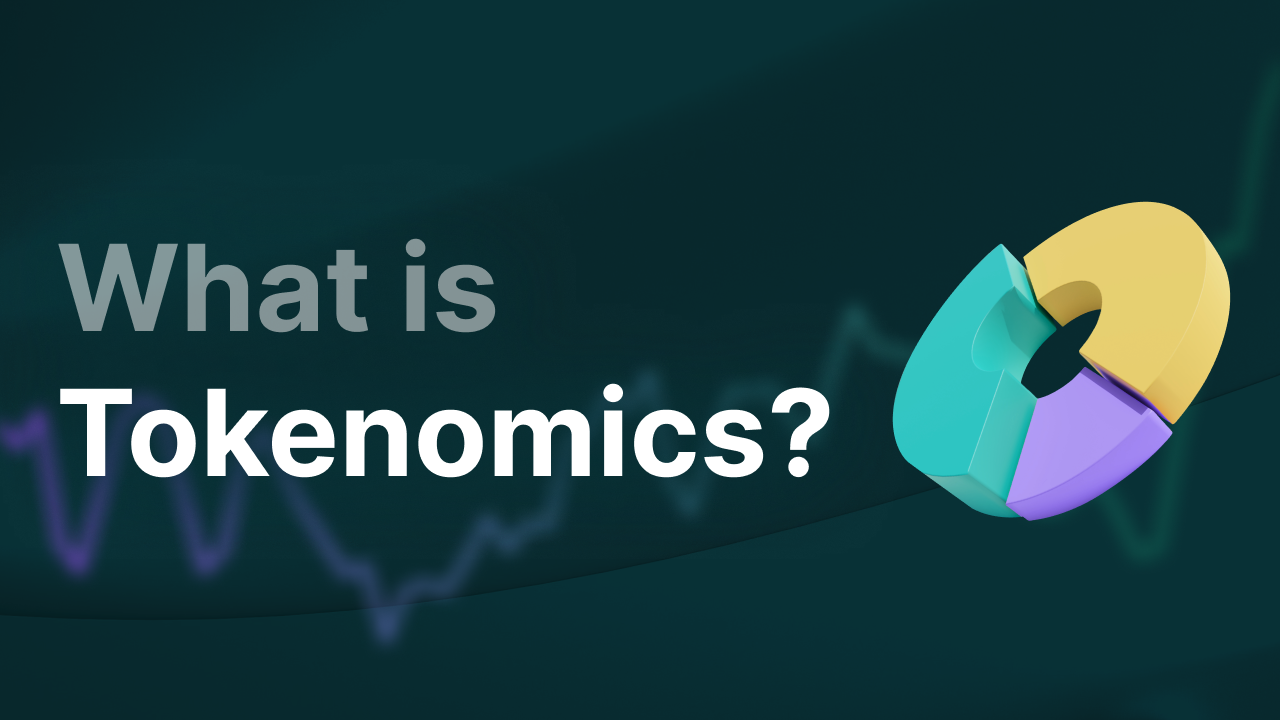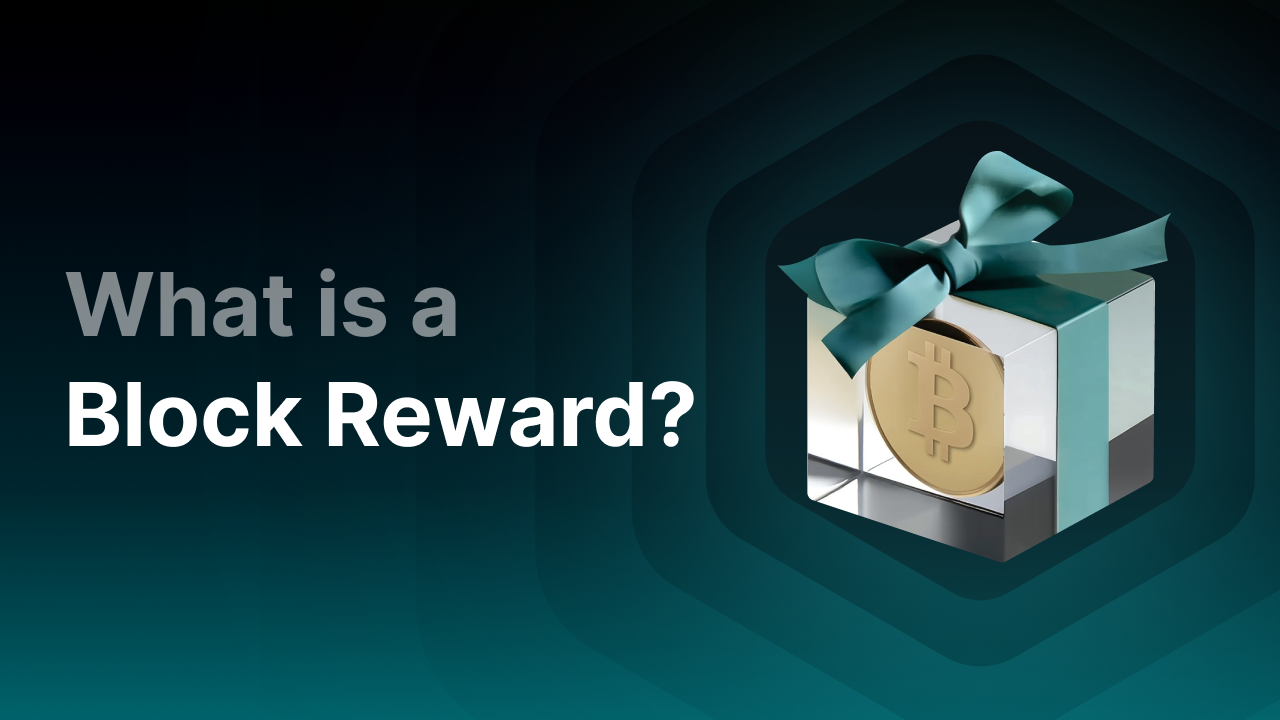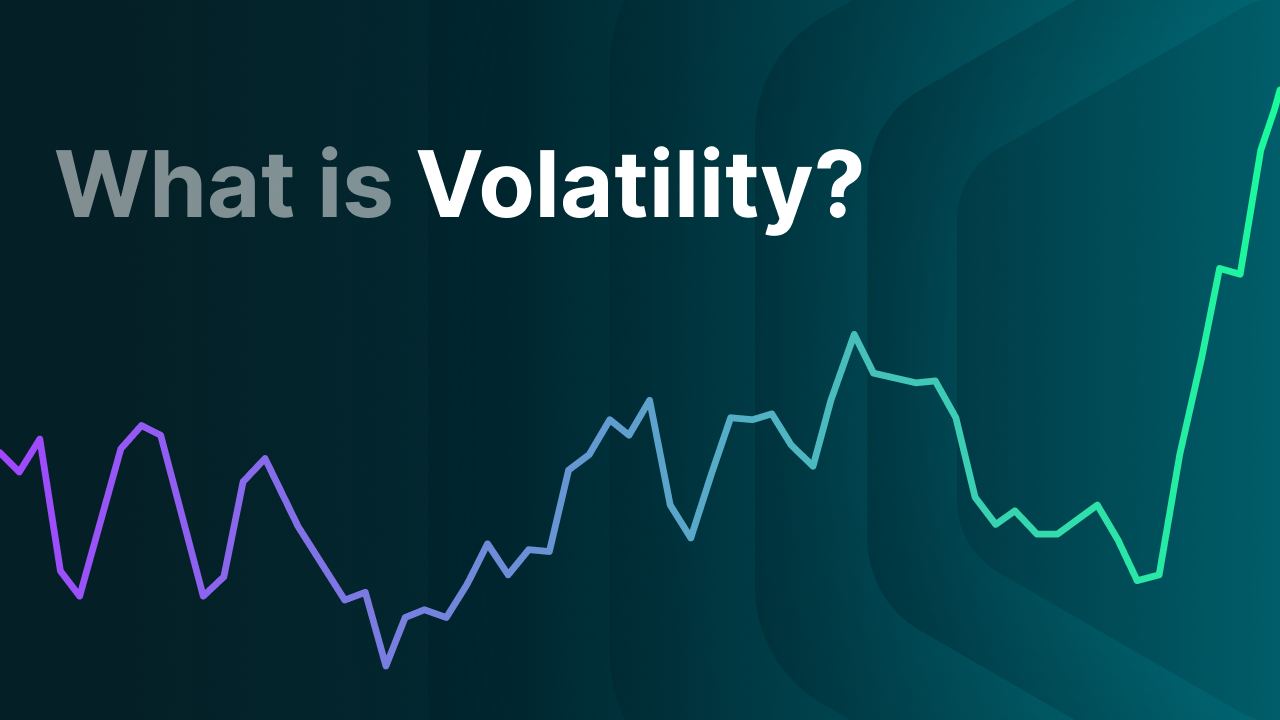Qu’est-ce que la tokenomics et pourquoi est-ce important ?

Qu’est-ce que la tokenomics ?
La tokenomics est le modèle économique derrière une cryptomonnaie ou une blockchain. Elle englobe des éléments comme l’offre totale, l’offre maximale, l’offre en circulation, la distribution des tokens, les incitations à la participation et les cas d’usage. En résumé, la tokenomics est la conception économique d’un token ou d’une monnaie, qui détermine la valeur, le comportement et la durabilité dans un système décentralisé.
Le mot “tokenomics” est une contraction de “token” et “economics”, en référence au modèle économique d’un projet blockchain.
Tout comme l’économie traditionnelle, les cryptomonnaies s’appuient souvent sur l’offre et la demande de biens et de services. La tokenomics analyse l’offre et la demande des tokens numériques (crypto) et comment ces éléments interagissent pour créer de la valeur pour les utilisateurs, les développeurs et les investisseurs.
À retenir
- La tokenomics est le modèle économique d’un projet crypto ou blockchain.
- Elle inclut l’offre, la distribution, l’utilité, les incitations et la gouvernance.
- Une tokenomics bien conçue favorise l’usage, la valeur et la durabilité.
- Elle aide les utilisateurs à mieux comprendre et évaluer les projets crypto.
Éléments clés de la tokenomics
Offre et distribution
L’un des éléments les plus importants de la tokenomics est l’offre du token. Il existe deux types principaux d’offre :
- Offre maximale : Le nombre total de tokens qui existeront un jour. Par exemple, Bitcoin (BTC) a une limite fixe de 21 millions.
- Offre en circulation : Le nombre de tokens actuellement disponibles sur le marché.
La manière dont les tokens sont distribués — que ce soit via une ICO, un airdrop ou le minage — a un impact majeur sur leur prix et leur valeur.
La tokenomics fournit également des informations sur la répartition des tokens entre les différentes parties prenantes. Quel pourcentage est attribué à l’équipe ou aux développeurs ? Une part est-elle réservée au marketing ? Combien de tokens ont été vendus lors de l’ICO et combien restent disponibles ? Cette répartition est essentielle pour évaluer la durabilité et l’équité d’un projet.
Utilité
L’utilité d’un token fait référence à son usage dans l’écosystème blockchain. Certains tokens sont utilisés uniquement pour les transactions, tandis que d’autres ont des fonctions spécifiques — comme accorder un droit de vote (tokens de gouvernance) ou payer les frais de transaction dans un réseau décentralisé.
Un modèle de tokenomics bien conçu garantit une vraie utilité du token, ce qui stimule la demande et aide à maintenir sa valeur sur le long terme.
Incitations
Pour qu’une cryptomonnaie fonctionne, il doit y avoir des incitations pour tous les participants du réseau : utilisateurs, mineurs, validateurs et développeurs. La tokenomics définit comment ces parties sont récompensées. Par exemple, dans un système proof-of-work comme Bitcoin, les mineurs reçoivent de nouveaux coins pour valider les transactions. Dans un système proof-of-stake, les validateurs sont récompensés en tokens pour staker leurs actifs et sécuriser le réseau.
Modèles déflationnistes vs inflationnistes
La tokenomics définit aussi si une cryptomonnaie suit un modèle déflationniste ou inflationniste.
- Tokens déflationnistes : Ils ont une offre fixe ou réduisent l’offre en circulation avec des mécanismes comme le Burning (destruction permanente de tokens). Cela crée de la rareté et peut, en théorie, faire monter leur valeur.
- Tokens inflationnistes : Leur offre augmente avec le temps, souvent via des récompenses de bloc ou des intérêts. Bien que les modèles inflationnistes encouragent la participation, ils peuvent aussi dévaluer le token si l’offre augmente plus vite que la demande.
Gouvernance et prise de décision
La gouvernance prend une place de plus en plus importante dans la tokenomics. Les projets décentralisés permettent souvent aux détenteurs de tokens de voter sur des décisions clés : mises à jour du protocole, changements dans la politique monétaire, etc. Une bonne gouvernance garantit que la communauté a son mot à dire, ce qui favorise l’engagement et la stabilité à long terme.
Pourquoi la tokenomics est-elle importante ?
Comprendre la tokenomics est essentiel pour toute personne souhaitant investir ou utiliser les cryptos. En Europe, où l’adoption progresse et la régulation se précise, avoir des bases solides en tokenomics peut faire la différence. Voici pourquoi :
- Investissements éclairés : La tokenomics permet d’évaluer la viabilité à long terme d’un projet. Les tokens à offre limitée et forte utilité ont souvent plus de valeur dans le temps que ceux inflationnistes sans but clair.
- Éviter les arnaques : Tous les projets ne sont pas bien intentionnés. Certains ont une mauvaise tokenomics qui favorise les pump-and-dump, où seuls les premiers investisseurs profitent. Comprendre la tokenomics aide à détecter les projets risqués.
- Participer à l’écosystème : La tokenomics te permet de comprendre comment tirer profit d’un réseau blockchain — que ce soit par le staking ou la gouvernance. Elle donne une vision claire du fonctionnement économique d’un token.
Tokenomics et Europe : quel lien ?
De plus en plus de citoyens, entreprises et institutions européennes explorent les opportunités de la blockchain. Comprendre la tokenomics devient donc crucial.
Les régulateurs de l’UE s’intéressent davantage au fonctionnement des cryptos, notamment via la réglementation Markets in Crypto-Assets (MiCA), qui vise à harmoniser les règles entre États membres. Une tokenomics solide aide les projets à répondre aux exigences réglementaires : plus de transparence, d’équité et de durabilité — autant de critères importants pour les investisseurs européens.
Par ailleurs, l’accent mis par l’Europe sur l’énergie verte et l’innovation durable stimule l’intérêt pour des modèles de tokenomics écoresponsables — comme ceux qui réduisent la consommation énergétique ou récompensent l’utilisation d’énergies renouvelables.
En résumé
La tokenomics est la colonne vertébrale de tout projet crypto ou blockchain. Elle définit comment les tokens sont créés, distribués et utilisés dans un écosystème décentralisé. Pour les investisseurs, développeurs ou passionnés, comprendre la tokenomics est essentiel pour prendre des décisions avisées dans un univers en constante évolution.
À mesure que l’adoption des cryptos progresse, une bonne compréhension de la tokenomics t’aidera à investir plus intelligemment.




